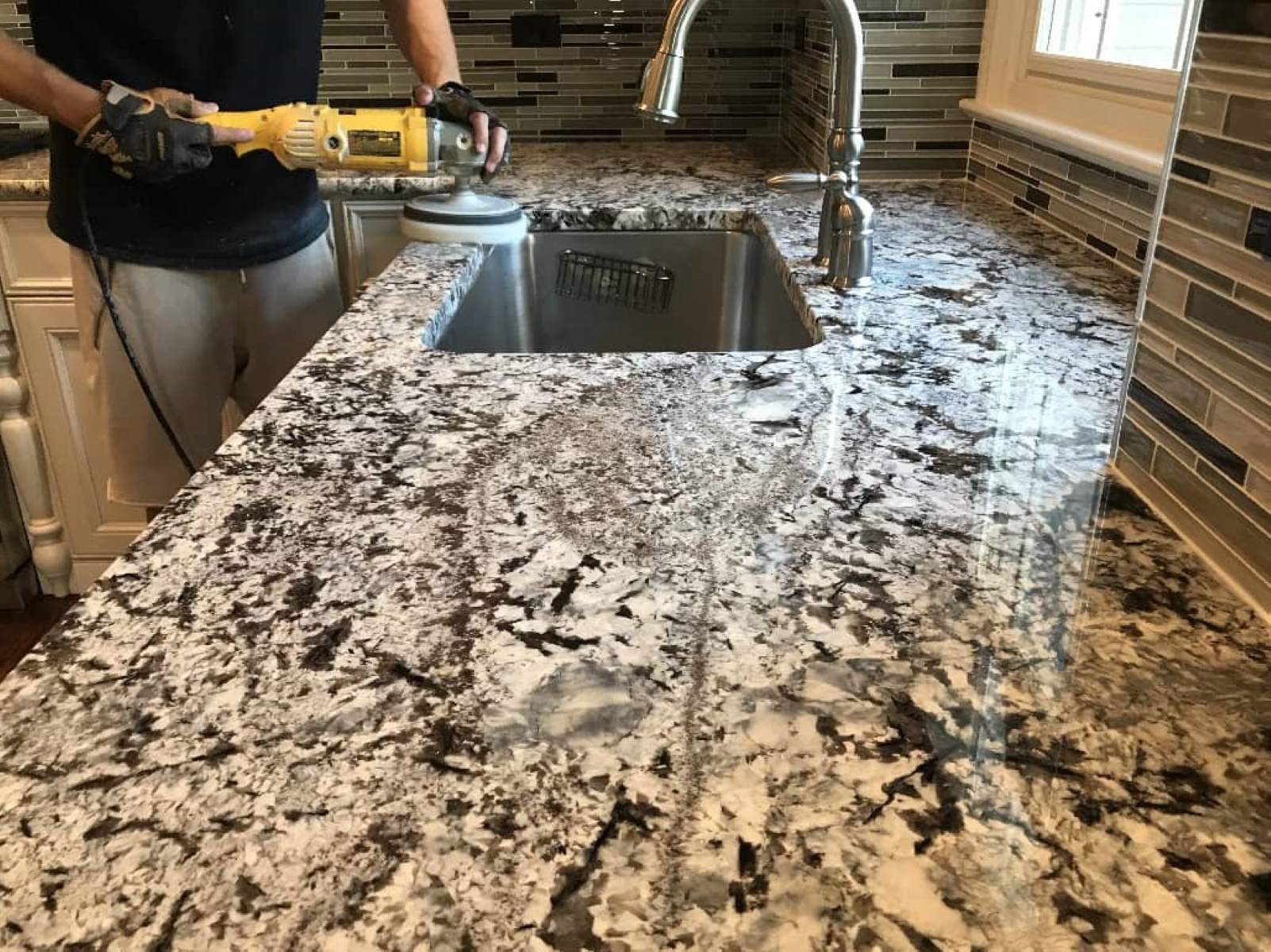

Articles
How To Restore Granite Countertops
Modified: February 23, 2024
Learn how to restore granite countertops with our informative articles. Discover effective techniques and products for bringing your countertops back to their original beauty.
(Many of the links in this article redirect to a specific reviewed product. Your purchase of these products through affiliate links helps to generate commission for Storables.com, at no extra cost. Learn more)
Introduction
Granite countertops are a popular choice for kitchens and bathrooms due to their durability, beauty, and natural resistance to heat and scratches. Over time, however, these countertops can start to show signs of wear and damage. But fear not! With proper care and maintenance, you can restore your granite countertops to their former glory.
In this article, we will guide you through the process of restoring granite countertops. We will cover everything from assessing the damage to cleaning, repairing minor scratches, removing stains, polishing the surface, sealing the countertops, and providing preventive maintenance tips to keep them looking their best for years to come.
So, let’s roll up our sleeves and learn how to restore granite countertops!
Key Takeaways:
- Proper care and maintenance, including cleaning, repairing minor scratches, removing stains, polishing, and sealing, can restore the natural beauty and durability of granite countertops, ensuring their longevity and aesthetic appeal.
- Preventive measures such as using cutting boards, wiping up spills promptly, avoiding harsh cleaners, and reapplying sealant can minimize damage and prolong the lifespan of granite countertops, preserving their elegance for years to come.
Read more: How Are Granite Countertops Made
Understanding Granite Countertops
Before diving into the restoration process, it’s essential to have a basic understanding of granite countertops and their characteristics. Granite is a natural stone formed from cooled magma, making it extremely durable and suitable for high-traffic areas like kitchens and bathrooms.
Granite countertops are known for their unique patterns and colors, which are the result of various minerals found within the stone. Each slab of granite is unique, giving your countertops a one-of-a-kind look. Not only are they visually appealing, but granite countertops are also resistant to heat, scratches, and stains when properly maintained.
However, despite its durability, granite is not indestructible. Over time, heavy usage, improper cleaning methods, and accidents can lead to damage such as scratches, stains, and dullness. But worry not, as we will guide you through the steps to restore your granite countertops back to their original shine.
It’s important to note that while you can restore minor damages yourself, major damages or extensive repairs should be left to professionals. Now, let’s dive in and assess the damage that your granite countertops may have incurred.
Assessing the Damage
Before starting the restoration process, it’s crucial to assess the extent of the damage on your granite countertops. By identifying the specific issues, you can determine the appropriate course of action to restore them.
Here are some common types of damage you may encounter:
- Scratches: Check the surface of the countertops for any visible scratches. Minor scratches may only require light polishing, while deeper scratches may need more extensive repair.
- Stains: Look for any discoloration or stains on the surface of the countertops. Stains can be caused by liquids like wine, coffee, or oil seeping into the stone. The type of stain will determine the best method for removal.
- Etching: Etching occurs when acidic substances, such as citrus juices or vinegar, come into contact with the granite. This can result in dull spots or rough patches on the surface, requiring specialized treatment to restore the shine.
- Chips or Cracks: Inspect the edges of the countertops for any chips or cracks. These can be caused by heavy impact or accidents. Smaller chips may be repairable with DIY methods, but larger cracks may require professional assistance.
- Dullness: Over time, granite countertops can lose their natural shine and appear dull. This can be due to the buildup of residue or improper cleaning methods. Polishing the surface will help restore its luster.
By taking the time to carefully assess the damage, you can better plan your restoration process and determine the appropriate steps needed. In the following sections, we will cover techniques for cleaning, repairing scratches, removing stains, and restoring the shine of your granite countertops.
Cleaning the Countertops
Before diving into the restoration process, it’s crucial to start with a clean slate. Cleaning your granite countertops properly is the first step in restoring their beauty and removing any surface dirt or grime.
Here are some steps to follow when cleaning your countertops:
- Remove loose debris: Start by clearing the countertops of any loose debris or crumbs. Use a soft cloth or a gentle brush to sweep away the dirt, ensuring you don’t scratch the surface.
- Mild soap and water: Mix a gentle, pH-neutral dish soap with warm water in a bucket or spray bottle. Avoid using harsh chemicals or abrasive cleaners as they can damage the granite. Dip a soft cloth or sponge into the soapy solution and gently wipe down the countertops, removing any dirt or stains.
- Rinse thoroughly: Once you have cleaned the entire surface, rinse the countertops thoroughly with clean water. Make sure to remove all soap residue, as it can leave streaks or build-up if not rinsed properly.
- Dry with a soft cloth: After rinsing, use a soft, lint-free cloth to dry the countertops. This helps prevent water spots or streaks from forming on the surface.
- Avoid abrasive materials: When cleaning your granite countertops, it’s important to avoid using abrasive materials like steel wool or scrub brushes. These can scratch the surface of the stone and damage its natural beauty.
Regularly cleaning your granite countertops with mild soap and water will help prevent the build-up of dirt and residue, keeping them looking fresh and beautiful. It’s best to wipe up spills as soon as they happen to prevent staining. Now that your countertops are clean, let’s move on to repairing any minor scratches they may have.
Repairing Minor Scratches
Minor scratches on granite countertops can be unsightly and may compromise the overall appearance. Fortunately, there are several methods you can use to repair these scratches and restore the smoothness of the surface.
Here are a few techniques for repairing minor scratches on your granite countertops:
- Using a granite repair kit: You can find specialized granite repair kits that contain everything you need to fix minor scratches. Follow the instructions provided in the kit, which usually involve applying a filler or epoxy to the scratched area and smoothing it carefully with a putty knife.
- Polishing with a fine-grit sandpaper: For shallow scratches, you can try gently polishing the area with a fine-grit sandpaper. Wet the sandpaper and lightly rub it over the scratch in a circular motion. Be careful not to apply too much pressure, as you don’t want to damage the surrounding area.
- Using a granite polishing compound: Another method is to use a granite polishing compound. Apply a small amount of the compound onto a damp cloth, and then rub it onto the scratched area. Use gentle pressure and circular motions to buff out the scratch. Afterward, wipe away any residue with a clean cloth.
- Using a baking soda paste: Baking soda can also be an effective remedy for minor scratches. Mix baking soda with water to create a paste and apply it to the scratch. Gently rub the paste into the scratch in a circular motion using a soft cloth. Rinse with water and dry the area afterward.
- Hiring a professional: If you are uncertain about tackling the scratch yourself or if it is a deep or extensive scratch, it is best to consult a professional stone restoration specialist. They have the expertise and equipment to properly repair and restore your granite countertops.
Remember, always test any repair method on a small, inconspicuous area of the countertop before applying it to the entire scratched surface. This will ensure that the repair method does not cause any further damage. Now, let’s move on to removing stubborn stains from your granite countertops.
Use a mixture of warm water and mild dish soap to clean the granite countertops. Avoid using acidic or abrasive cleaners that can damage the surface. Apply a granite sealer every 1-2 years to protect the countertop from stains and damage.
Read more: How To Dispose Of Granite Countertops
Removing Stains
Stains can be a common issue on granite countertops, especially if spills are not promptly cleaned up. The key to removing stains is to act quickly and use the appropriate cleaning method for the specific type of stain.
Here are some effective methods for removing different types of stains from your granite countertops:
- Water-based stains: Water-based stains, such as coffee or juice, can usually be removed by gently cleaning the area with a mixture of water and mild dish soap. Apply the soapy solution to the stained area, scrub gently with a soft cloth, and rinse thoroughly. If the stain persists, you can make a paste with baking soda and water, apply it to the stain, and let it sit for a few hours before wiping it away.
- Oil-based stains: For oil-based stains, such as cooking oil or grease, start by blotting the area with a clean, absorbent cloth to remove any excess oil. Then, create a paste with baking soda and a small amount of acetone or mineral spirits. Apply the paste to the stain and cover it with plastic wrap. Allow it to sit overnight, and then wipe away the paste with a clean cloth and rinse the area thoroughly.
- Organic stains: Organic stains, like wine or fruit juice, can be particularly stubborn. Begin by blotting the stain with a clean cloth to remove as much liquid as possible. Then, mix hydrogen peroxide with a few drops of ammonia and apply this mixture to the stain. Let it sit for a few minutes before rinsing thoroughly and drying the area.
- Etch marks: Etch marks are caused by acidic substances and can make the surface of your granite countertops appear dull or rough. To remove these marks, you can use a specialized granite etch remover. Follow the manufacturer’s instructions carefully, as the application process may vary depending on the product.
- Stubborn stains: If you have tried these methods and the stain persists, it may be best to consult a professional stone restoration specialist. They have the knowledge and tools to tackle tough stains and restore the beauty of your granite countertops safely.
Remember, prevention is key to avoiding stains on your granite countertops. Wipe up spills immediately, use cutting boards and trivets to protect the surface, and avoid using harsh or acidic cleaners that can damage the stone. Now that we’ve removed the stains, let’s move on to polishing the surface to restore its natural shine.
Polishing the Surface
Over time, granite countertops can lose their natural shine and appear dull. Polishing the surface is a crucial step in restoring their luster and bringing back their original beauty.
Here are the steps to follow when polishing your granite countertops:
- Clean the countertops: Before starting the polishing process, make sure the countertops are clean and free of any debris or residue. Use a mild soap and water solution to remove any dirt or stains, and dry the surface thoroughly with a soft cloth.
- Choose a granite polish: There are several types of granite polishes available on the market, including sprays, creams, and powders. Select a high-quality granite polish that is specifically formulated for use on natural stone surfaces.
- Apply the polish: Follow the instructions provided with the granite polish. Typically, you will need to apply a small amount of the polish to a clean, dry cloth or applicator pad. Gently rub the polish onto the countertop surface in circular motions, covering one section at a time.
- Buff the surface: Once you have applied the polish to the entire countertop surface, use a clean, dry cloth or a buffing pad to buff the surface. Apply gentle pressure and use circular motions to achieve a smooth and shiny finish.
- Remove any residue: After buffing, inspect the surface for any polish residue. If necessary, wipe the countertops with a clean, damp cloth to remove any excess polish. Ensure that the surface is completely dry and free of any streaks or smudges.
Regularly polishing your granite countertops will help protect the surface, enhance its natural beauty, and maintain its shine for years to come. However, it’s important to note that over-polishing can lead to a buildup of the polish, which can dull the surface. Use polish sparingly and follow the instructions provided by the manufacturer.
Now that we’ve polished the surface, the final step in restoring your granite countertops is to seal them to provide added protection against stains and spills.
Sealing the Countertops
Sealing your granite countertops is an essential step in their maintenance and protection. Granite is a porous material, which means it can absorb liquids and stains if left untreated. Sealing creates a protective barrier that prevents liquids from penetrating the surface, making it easier to clean and maintain.
Here are the steps to effectively seal your granite countertops:
- Clean the countertops: Before applying the sealant, make sure the countertops are clean and dry. Use a mild soap and water solution to remove any dirt or residue. Dry the surface thoroughly with a soft cloth.
- Choose a high-quality sealant: There are various types of sealants available for granite countertops, including spray-on sealants and wipe-on sealants. Choose a high-quality sealant that is specifically designed for use on natural stone surfaces. Read the product label for application instructions and ensure it is suitable for your countertops.
- Apply the sealant: Follow the instructions provided with the sealant. Typically, you will need to apply a thin and even coat of the sealant to the countertop surface using a clean cloth or applicator pad. Work in small sections to ensure thorough coverage.
- Allow for absorption: After applying the sealant, allow it to absorb into the granite for the specified amount of time as mentioned in the product instructions. This will vary depending on the sealant you are using.
- Wipe off excess sealant: After the absorption period, gently wipe off any excess sealant from the countertop surface using a clean, dry cloth. Ensure that no streaks or residue are left behind.
- Let it cure: Leave the countertops untouched for the recommended curing time specified by the sealant manufacturer. During this time, avoid placing any objects on the countertops to allow the sealant to fully bond with the granite.
Remember that sealing is not a one-time process. It is recommended to reseal your granite countertops every 1-3 years, depending on the use and wear they receive. Regularly cleaning the countertops with mild soap and water, and avoiding abrasive cleaners, will help prolong the effectiveness of the sealant.
Now that we have sealed your granite countertops, let’s move on to some preventive maintenance tips to keep them looking their best.
Preventive Maintenance Tips
While restoring and maintaining your granite countertops, it’s important to adopt preventive measures to keep them looking their best for the long haul. By following these preventive maintenance tips, you can minimize the chances of damage and prolong the life and beauty of your countertops:
- Use cutting boards and trivets: To prevent scratches and heat damage, always use cutting boards for food preparation and trivets or hot pads for placing hot pots, pans, or utensils on the countertops. This will protect the surface from direct contact.
- Wipe up spills immediately: Granite is porous and can absorb liquids, so it’s important to clean up spills promptly. Use a soft cloth or paper towel to blot spills and avoid dragging them across the surface, as this can spread the stain or create scratches.
- Avoid harsh cleaners: Harsh or acidic cleaners can damage the protective sealant and corrode the surface of your granite countertops. Stick to mild, pH-neutral cleaners specifically designed for natural stone surfaces.
- Use gentle cleaning tools: When cleaning your countertops, opt for soft cloths, non-abrasive sponges, or microfiber towels. Avoid scrub brushes with stiff bristles or abrasive materials that can scratch the surface.
- Regularly dust and clean: To prevent the build-up of dust and dirt, regularly dust your countertops with a soft, dry cloth. Follow this up with gentle cleaning using a mild soap and water solution, and remember to rinse and dry thoroughly.
- Reapply sealant: As mentioned earlier, granite countertops should be resealed every 1-3 years, depending on use. Make a note to assess the sealant regularly and reapply as needed to maintain the protective barrier against stains.
- Use coasters and trays: To avoid water rings and stains from glasses or bottles, use coasters or trays on your countertops. This will prevent moisture from accumulating on the surface and potentially penetrating the granite.
- Avoid heavy impact: Although granite is a durable material, it is not indestructible. Avoid dropping heavy objects onto the countertops as this can cause chips or cracks. Be cautious when moving heavy appliances or objects near the countertops to prevent accidental damage.
By following these preventive maintenance tips, you can keep your granite countertops in pristine condition and minimize the need for extensive restoration in the future. Taking care of your countertops will ensure they continue to enhance the beauty and functionality of your kitchen or bathroom for years to come.
Now that you are equipped with the knowledge of how to maintain and restore your granite countertops, you can confidently take care of them and enjoy their natural beauty.
Read more: How To Install Granite Countertops
Conclusion
Granite countertops are not only a stunning addition to any kitchen or bathroom but also a durable and long-lasting surface. With proper care and maintenance, you can restore and maintain the beauty of your granite countertops for many years to come.
In this article, we have covered the essential steps to restore your granite countertops, starting from understanding the nature of granite and assessing the damage to cleaning the countertops, repairing minor scratches, removing stains, polishing the surface, and sealing the countertops for added protection. We have also shared preventive maintenance tips to help you keep your countertops in optimal condition.
Remember, regular cleaning with mild soap and water, immediate attention to spills, and gentle care are key to preventing damage. When it comes to repairs or deep stains, it’s important to consult professionals to ensure the best results. Additionally, resealing your granite countertops periodically will protect them from stains and spills.
By following the guidelines outlined in this article, you can restore the natural shine and beauty of your granite countertops and prolong their lifespan. With proper care, they will continue to impress and enhance the aesthetic appeal of your space.
So, take the time to assess the damage, clean the countertops, repair scratches, remove stains, polish the surface, and seal them. By doing so, you’ll enjoy the elegance and durability of your granite countertops for years to come.
Frequently Asked Questions about How To Restore Granite Countertops
Was this page helpful?
At Storables.com, we guarantee accurate and reliable information. Our content, validated by Expert Board Contributors, is crafted following stringent Editorial Policies. We're committed to providing you with well-researched, expert-backed insights for all your informational needs.
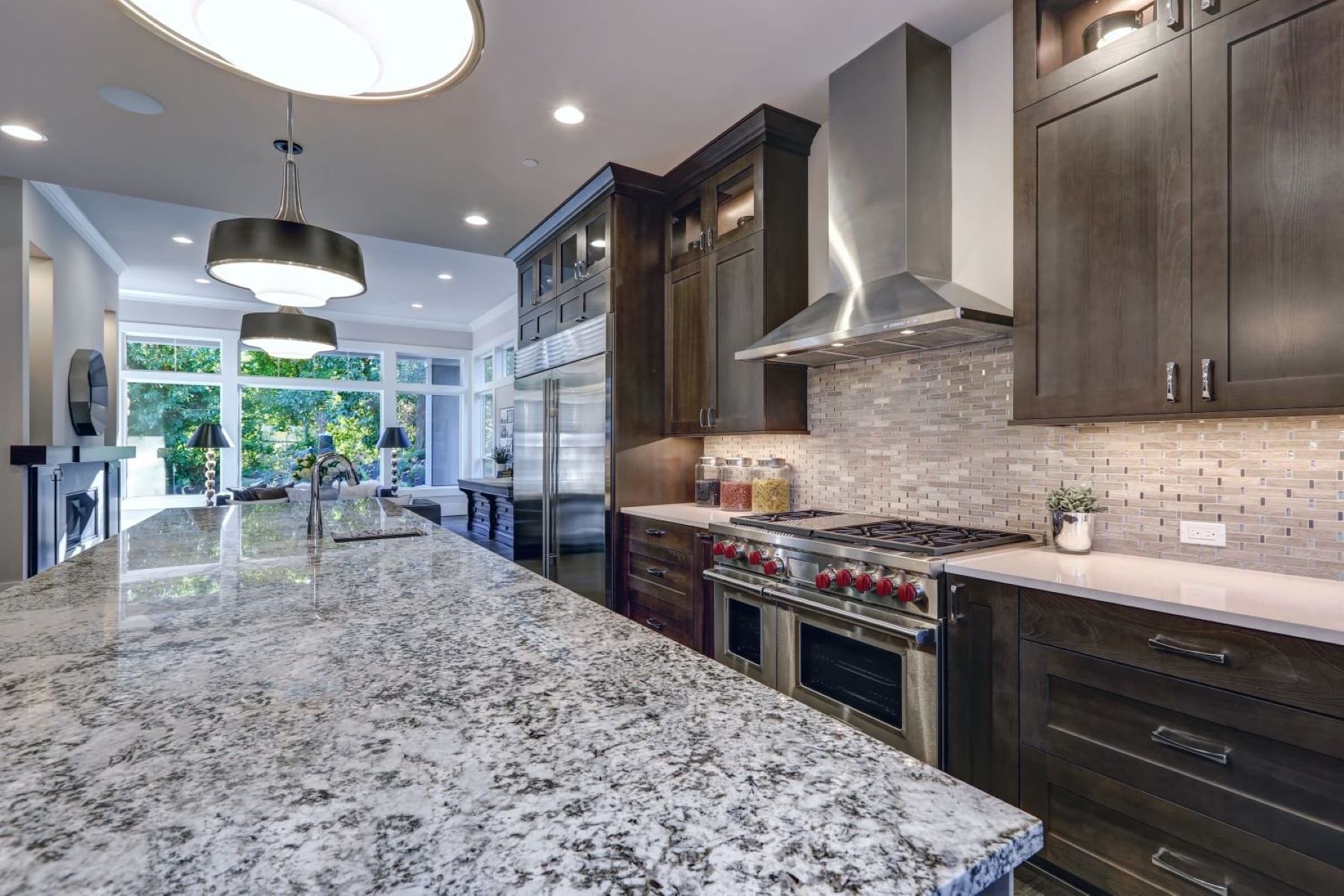
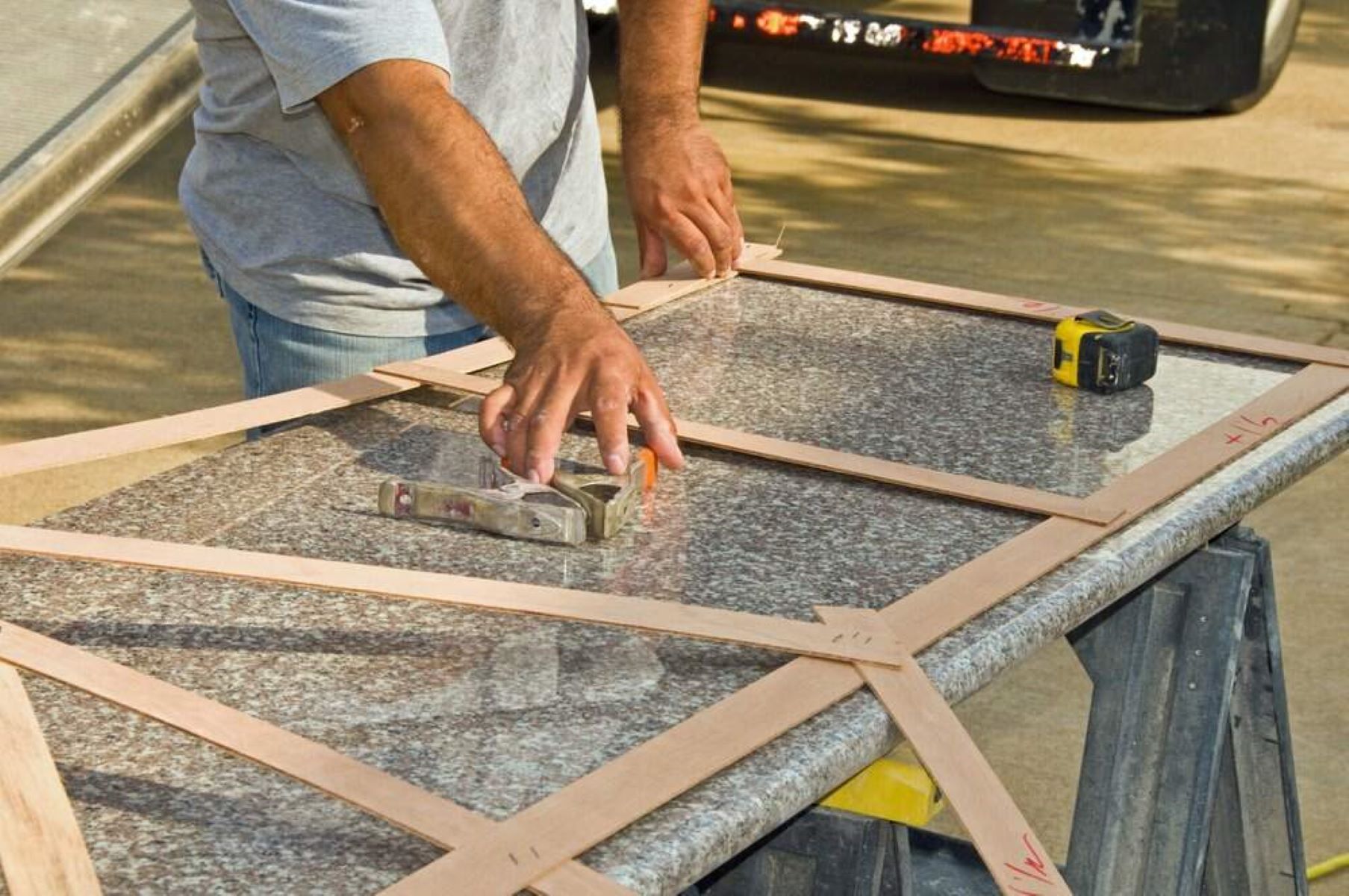
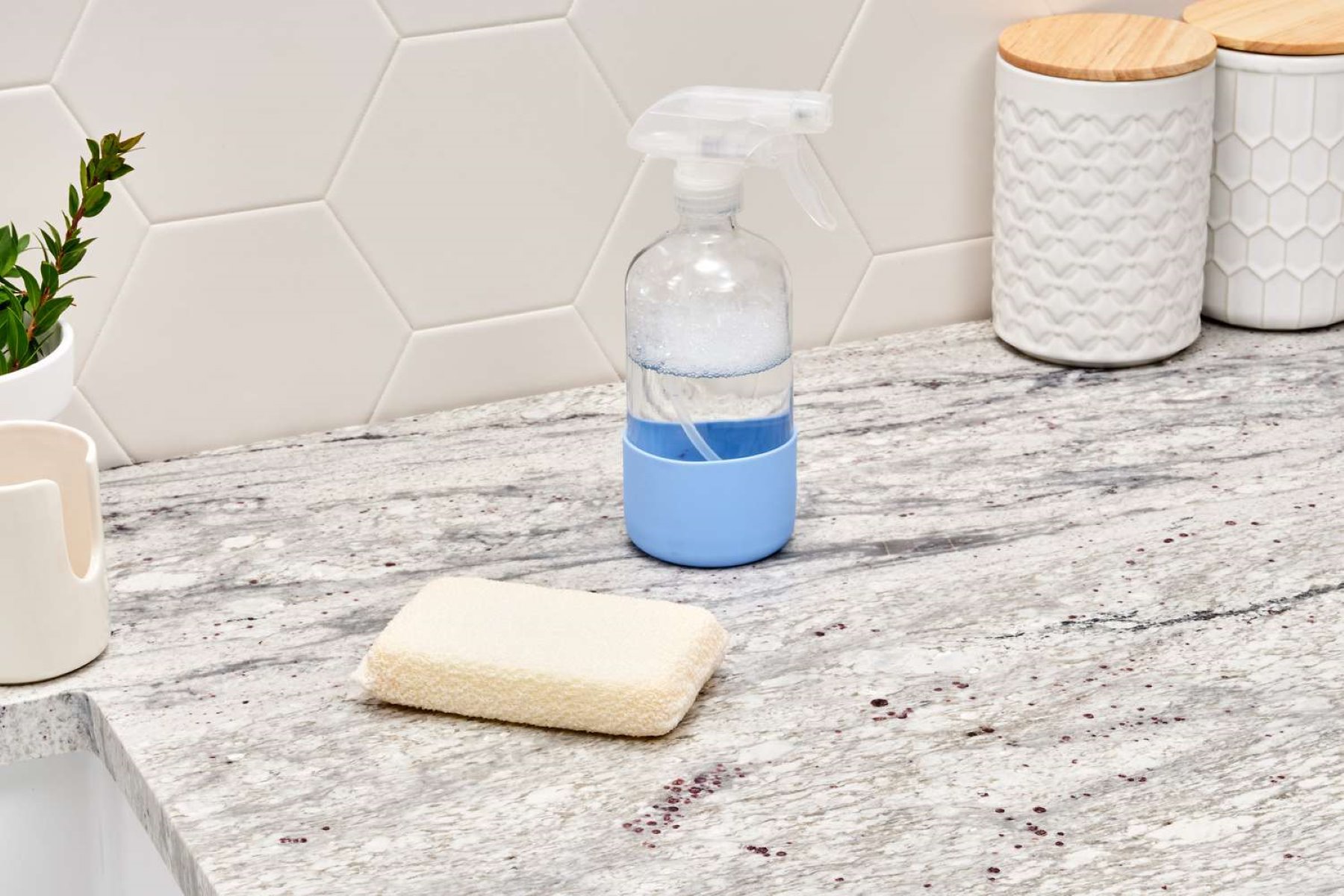

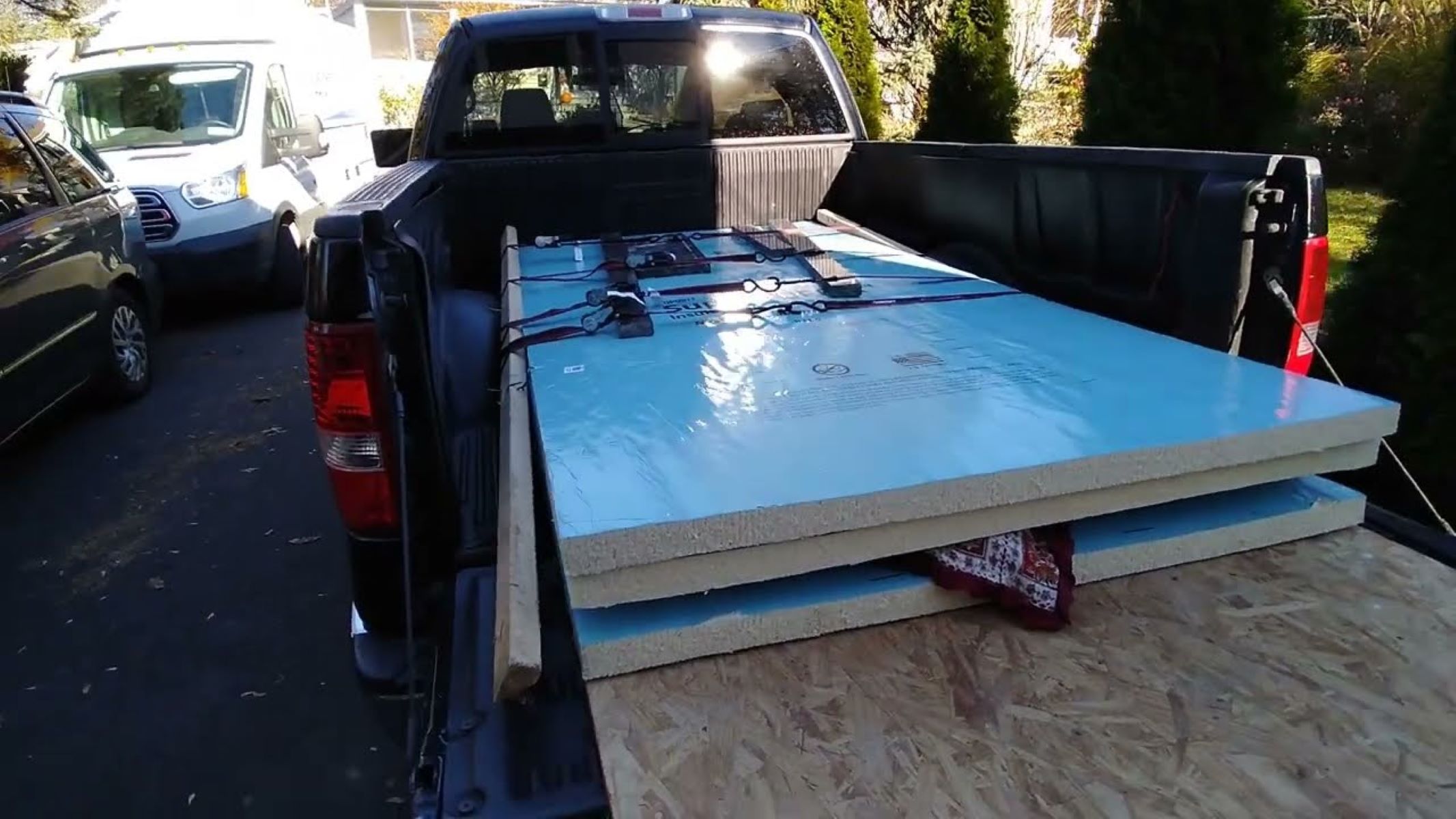
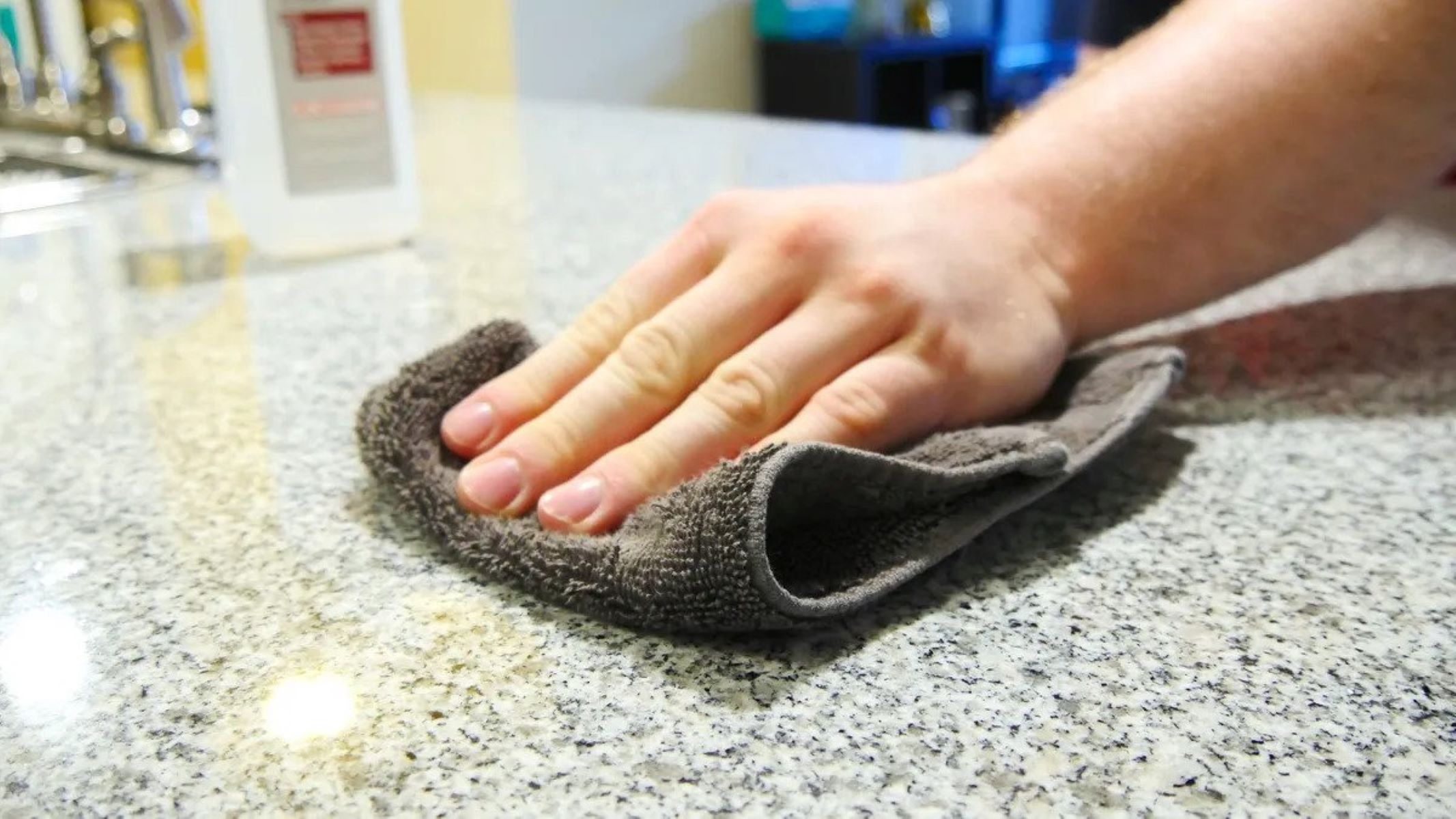
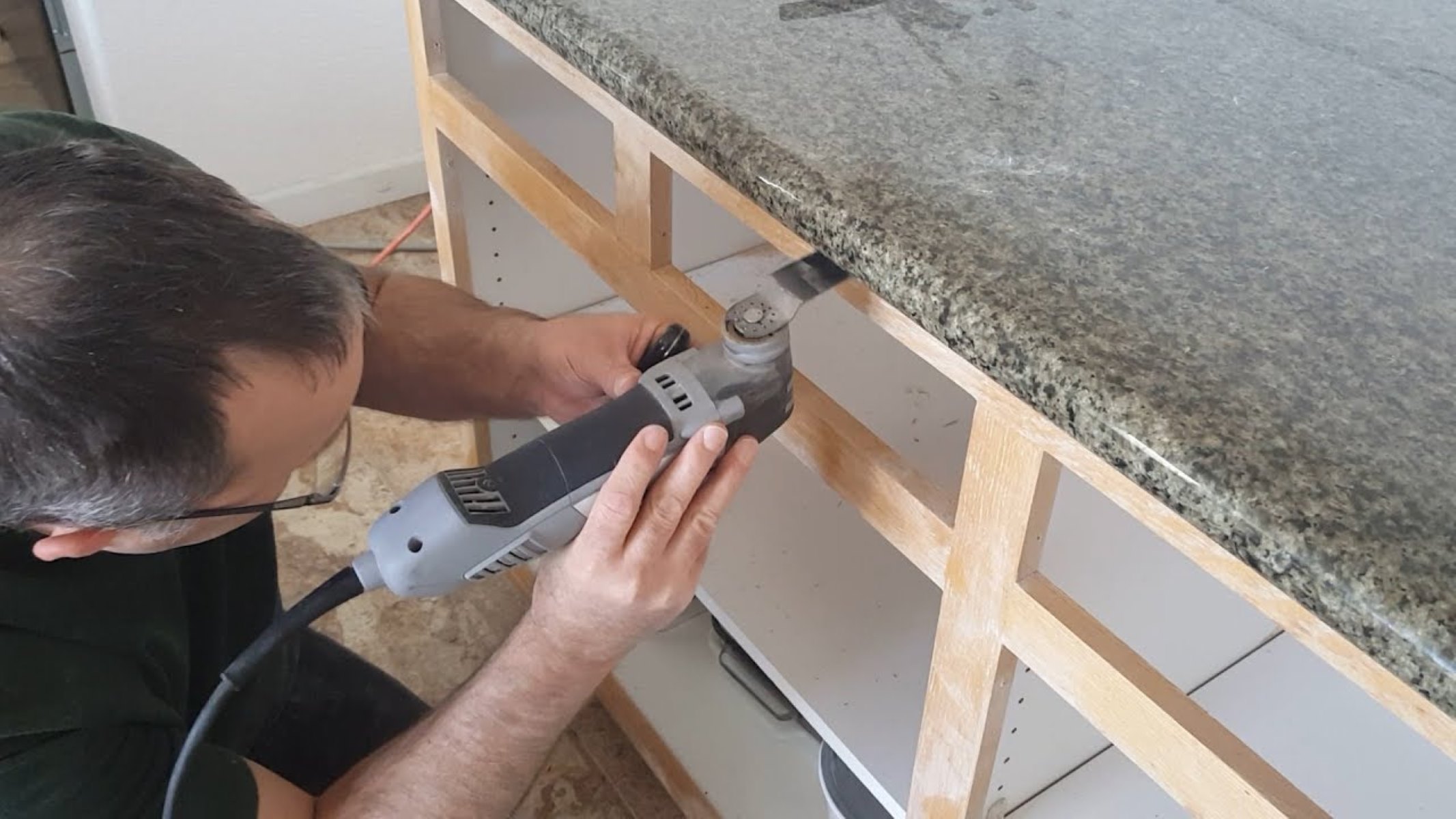
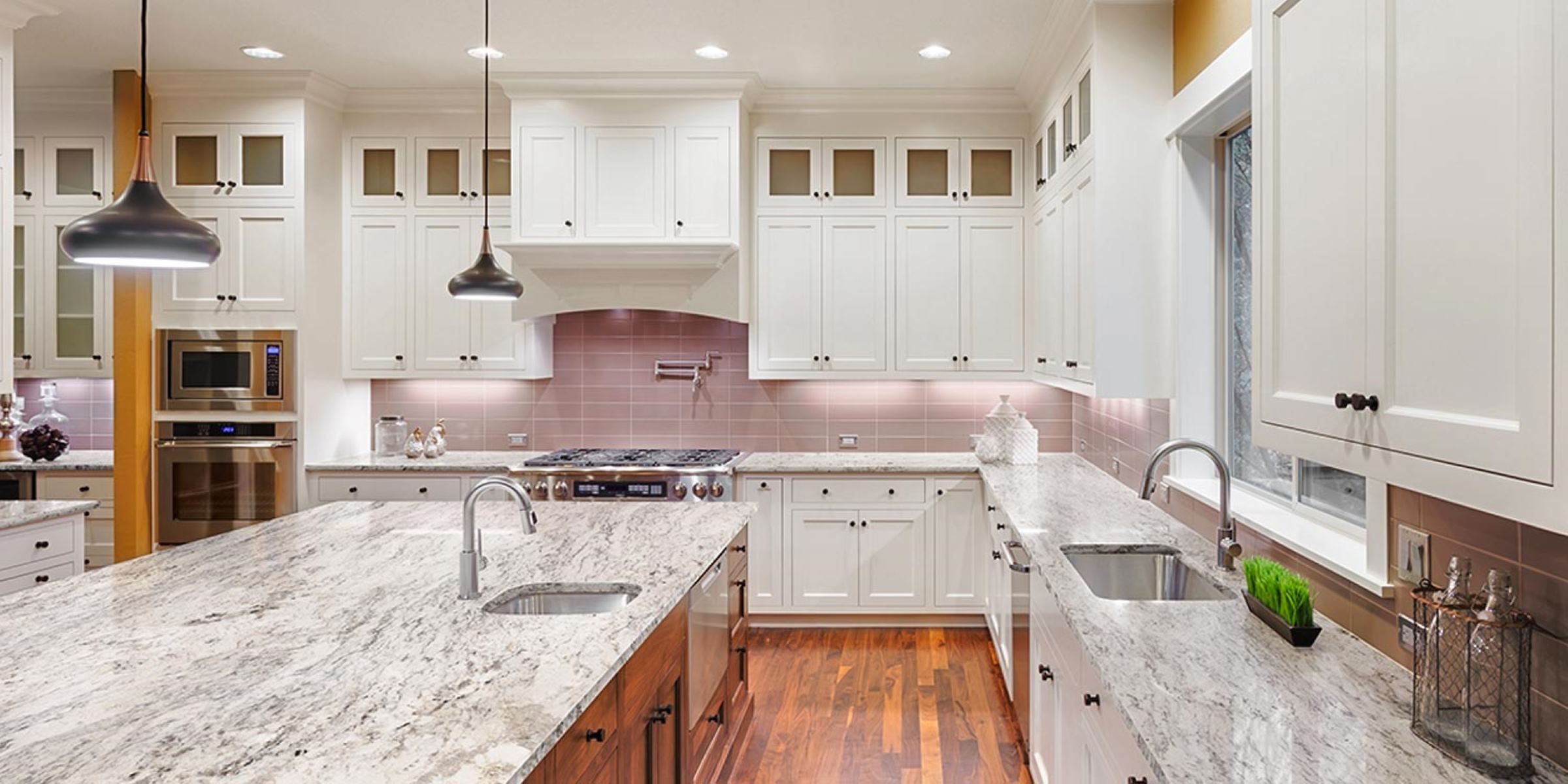
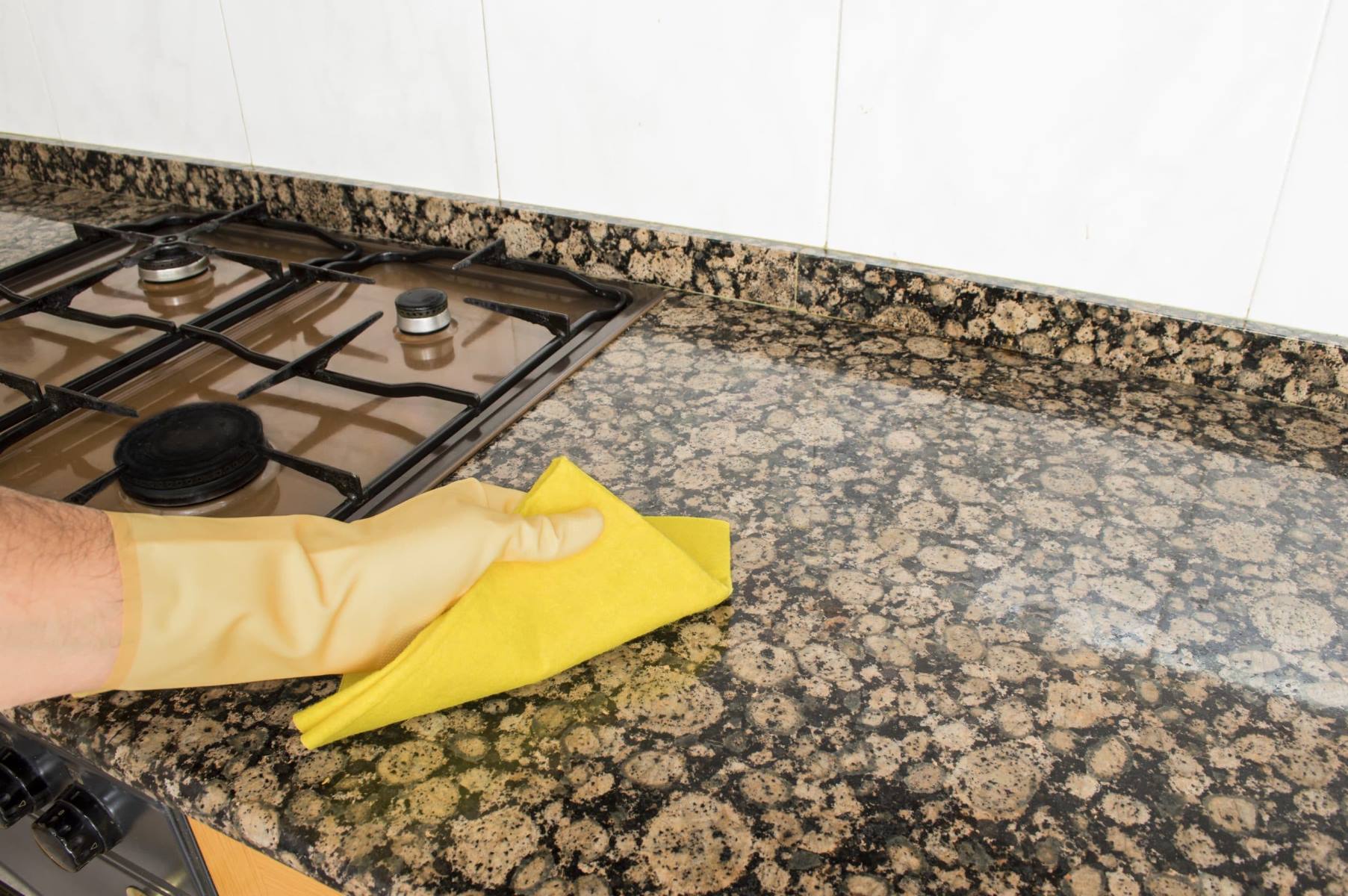
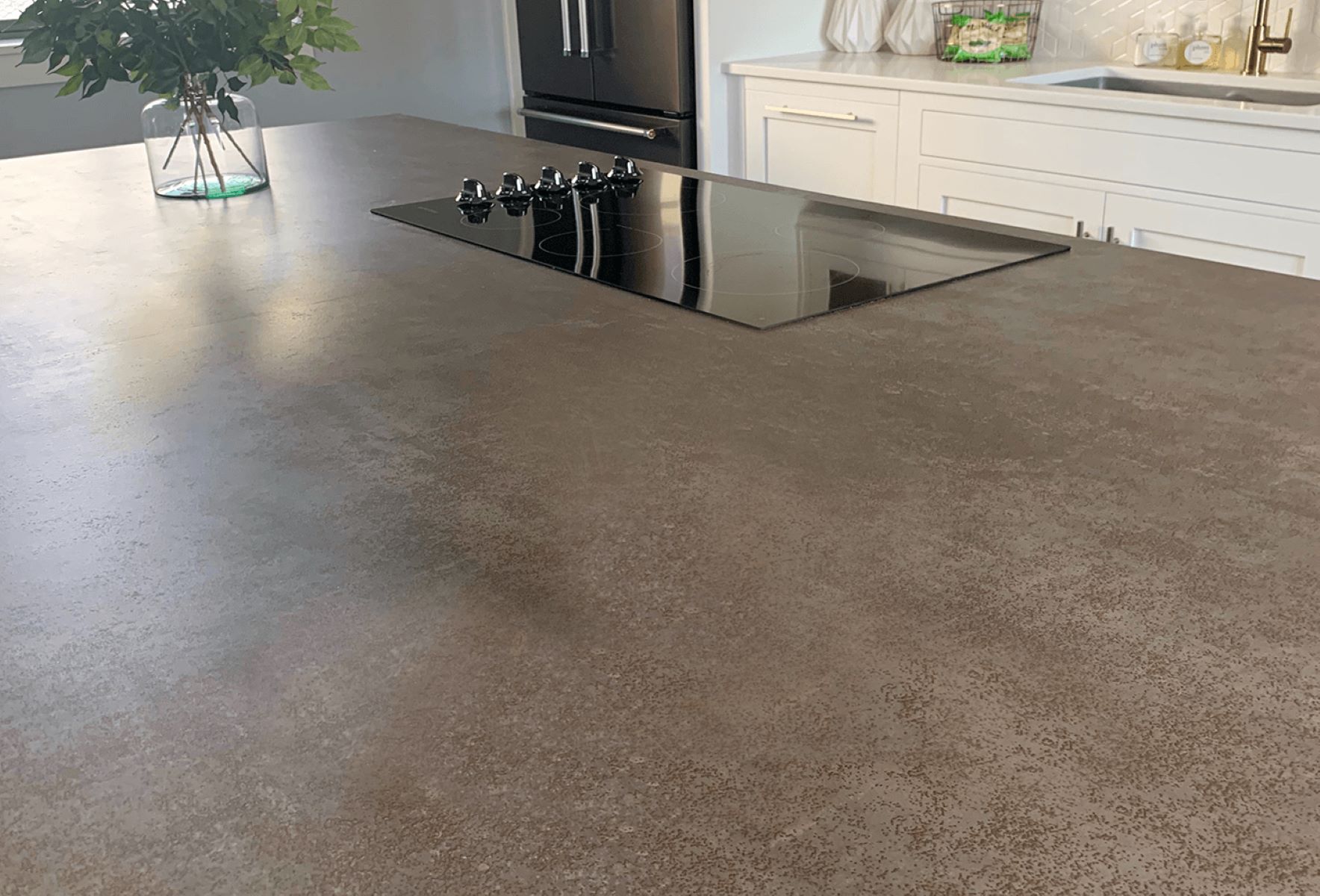

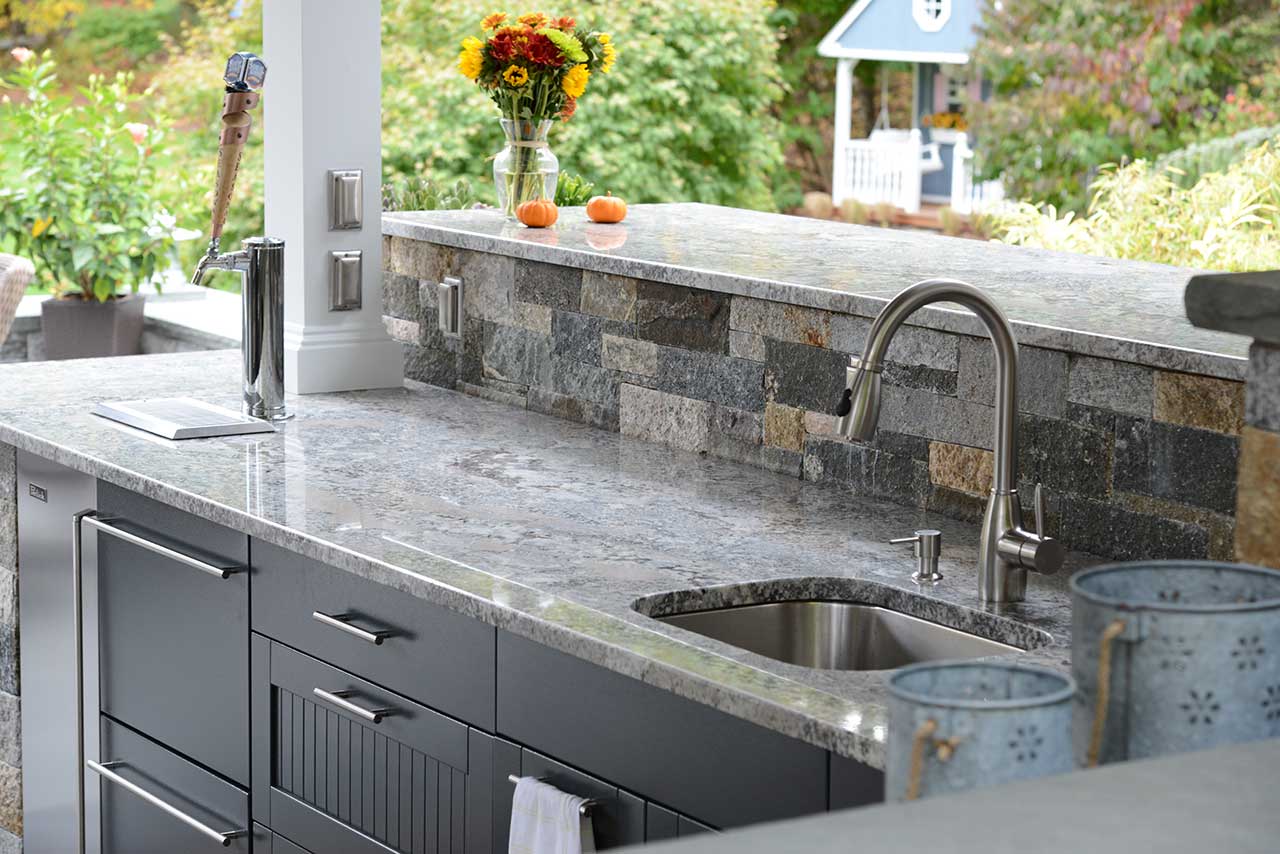
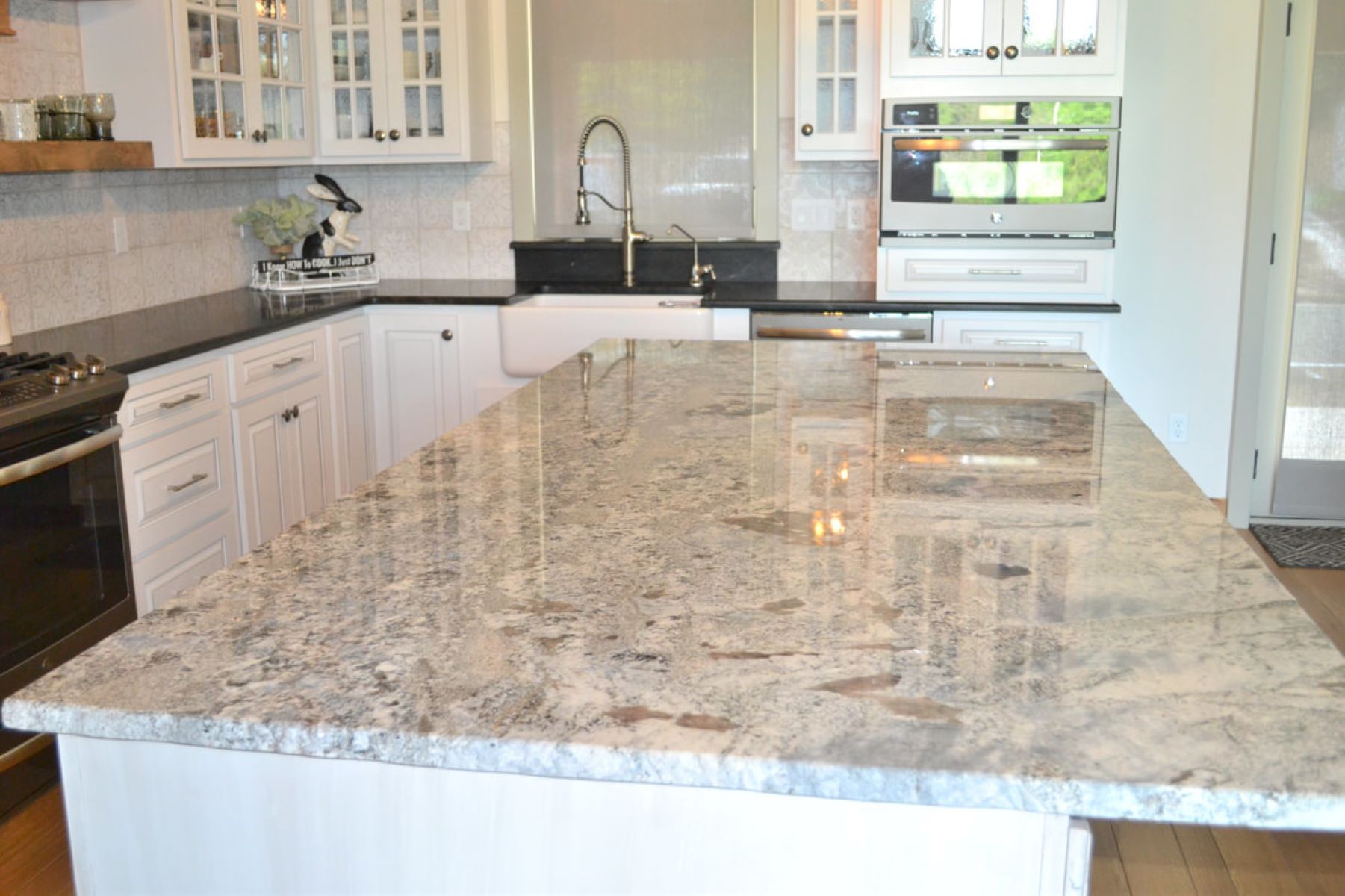

0 thoughts on “How To Restore Granite Countertops”